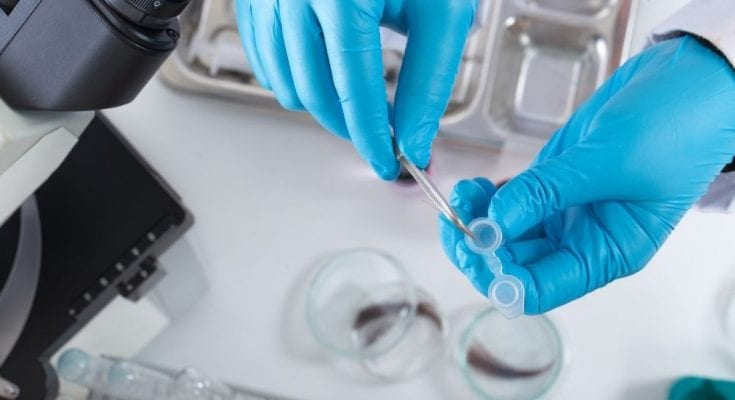Drug tests come in many forms. Perhaps the most infamous means of drug testing is urinalysis, which requires the test subject to provide a sample, often under the watchful eye of a monitor who ensures the subject is not compromising the integrity of the test. Blood and saliva tests for many drugs exist as well. Testing strands of human hair, however, allows for a win-win situation: discreet specimen submission for test subjects and a wide-open window for testers. What does a hair drug test detect? Among its ten panels, these common substances show up.
THC
The gradual decriminalization of cannabis across parts of the United States hasn’t stopped drug tests from identifying tetrahydrocannabinol, or THC, the psychoactive compound in cannabis products. Despite subjects’ best efforts to fool the tests with a bevy of products that promise to do so, hair tests successfully detect THC no matter which shampoos one tries to use.
Cocaine
Even though the effects of cocaine are notoriously fleeting, cocaine metabolites remain in hair for up to 90 days after use. Hair tests are the most reliable indicator of cocaine usage. Blood and saliva tests have only a 48-hour testing window, while urinalysis offers a slightly wider three-day window.
Ecstasy (MDMA)
Methylenedioxymethamphetamine, better known for obvious reasons as MDMA, ecstasy, or molly, is a Schedule I controlled substance in the United States, meaning that it’s subject to the highest restrictions. To put it simply, the federal government finds no legitimate health benefits in it, and with that in mind, employers are on the lookout for its use in current and prospective employees. MDMA metabolites show up in hair for up to three months, making recent use of this hallucinogen and stimulant all but unavoidable.
Opiates and Opioids
It’s no secret that the US is in the midst of a horrific crisis of opioid abuse. The widespread abuse of these highly addictive opium derivatives is a national tragedy, and it’s incumbent upon courts and employers to test for these substances. Ten-panel hair tests can detect both natural derivatives such as heroin and morphine as well as synthetics such as fentanyl and oxycodone.
Alcohol
Relative to what a hair drug test detects, the inclusion of alcohol may seem out of place—after all, consumption of alcohol is legal within proper parameters. Even an unassuming glass of wine or bottle of beer stays in your system for much longer than you may first suspect. Hair tests include a panel for alcohol that can prove especially pertinent in the wake of workplace accidents involving heavy machinery.
FAQ
Does a hair drug test find marijuana?
The gradual decriminalization of cannabis across parts of the United States hasn’t stopped drug tests from identifying tetrahydrocannabinol, or THC, the psychoactive compound in cannabis products. Despite subjects’ best efforts to fool the tests with a bevy of products that promise to do so, hair tests successfully detect THC no matter which shampoos one tries to use.
What drug tests can catch ecstasy?
Methylenedioxymethamphetamine, better known for obvious reasons as MDMA, ecstasy, or molly, is a Schedule I controlled substance in the United States, meaning that it’s subject to the highest restrictions. To put it simply, the federal government finds no legitimate health benefits in it, and with that in mind, employers are on the lookout for its use in current and prospective employees. MDMA metabolites show up in hair for up to three months, making recent use of this hallucinogen and stimulant all but unavoidable.
Additional Resources:
Kratom
Cannabis
CBD Salve
CBD Massage Oil



